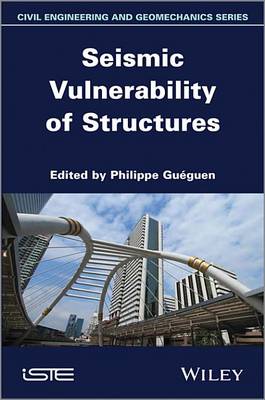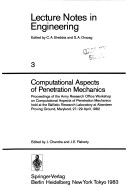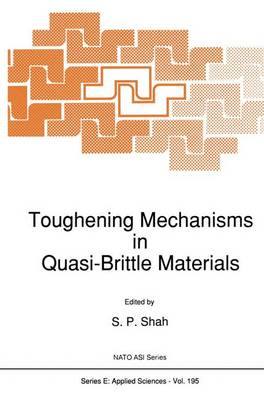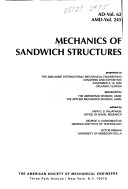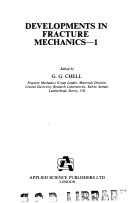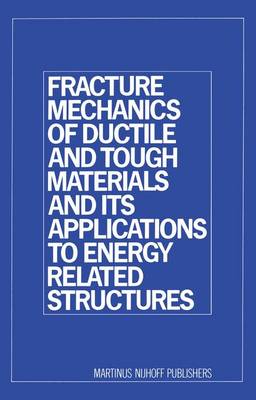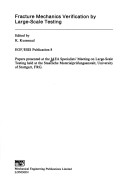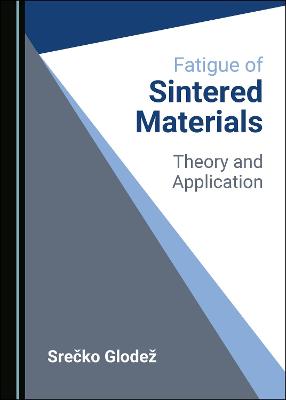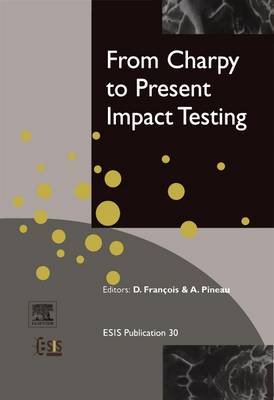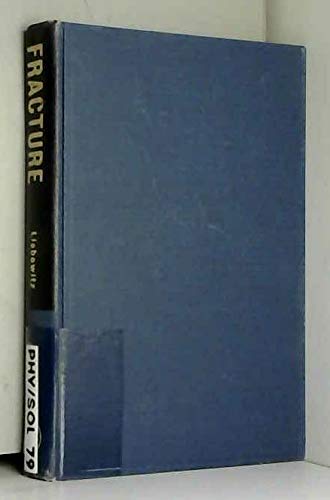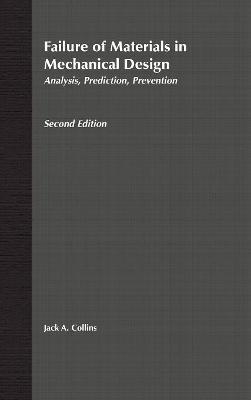This book is focused on the seismic vulnerability assessment methods, applied to existing buildings, describing several behaviors and new approaches for assessment on a large scale (urban area). It is clear that the majority of urban centers are composed of old buildings, designed according to concepts and rules that are inadequate to the seismic context. How to assess the vulnerability of existing buildings is an essential step to improve the management of seismic risk and its prevention policy...
Computational Aspects of Penetration Mechanics (Lecture Notes in Engineering, #3)
Learning to roller skate or ride a bike should be an enjoyable experience, but for a child with developmental co-ordination disorder (DCD, also known as dyspraxia), these activities can lead to frustration and failure. Can't Play Won't Play is full of practical information, tips and hints to enable children with DCD to access and enjoy activities that other children take for granted. Whatever game you choose to try with your child, this book will offer handy hints for developing the necessary s...
Damage mechanics is concerned with mechanics-based analyses of microstructural events in solids responsible for changes in their response to external loading. The microstructural events can occur as cracks, voids, slipped regions, etc., with a spatial distribution within the volume of a solid. If a solid contains oriented elements in its microsctructure, e.g. fibers, the heterogeneity and asisotropy aspects create situations which form a class of problems worthy of special treatment. This book d...
Mechanics of Sandwich Structures
This title contains 24 papers from a November 2000 meeting, providing a survey of recent research in mechanics of sandwich structures. Technical papers cover a broad spectrum of research issues, including foam core failure behaviour, failure modes in sandwich structures under static and dynamic loading and more.
Understanding GIS (Understanding Gis, #4)
by Christian Harder, Tim Ormsby, and Thomas Balstrom
Understanding GIS: An ArcGIS Project Workbook explains the methods and tools needed to apply GIS analysis to a spatial problem by finding the best location for a new park along the Los Angeles River in Southern California. Through this process, readers develop critical-thinking and problem-solving skills and learn to use ArcGIS (R) 10.1 for Desktop software from Esri (R). Understanding GIS: An ArcGIS Project Workbook includes valuable learning materials:Self-paced tutorials. The project is car...
Fatigue and Fracture at Elevated Temperatures (Aerospace Division AD - Proceedings, v. 50)
Developments in Fracture Mechanics
Fracture Mechanics of Ductile and Tough Materials and Its Applications to Energy Related Structures
by H.W. Liu
Fracture Mechanics Verification by Large-scale Testing
The proceedings of a specialists' meeting organised by the IAEA and published under the auspices of EGF. Contents include - model computations and experiments on the structural integrity of components containing part-through cracks, experience in comparison of large and small fracture mechanical specimens, dynamic large scale testing with a 12 MN-high speed propellant driven tensile testing machine, crack stability in centre cracked plates subject to uniformly distributed loadings, the need for...
All-European Study on Education for Democratic Citizenship Policies
by Of Europe Council
Porous Rock Fracture Mechanics
Porous Rock Failure Mechanics: Hydraulic Fracturing, Drilling and Structural Engineering focuses on the fracture mechanics of porous rocks and modern simulation techniques for progressive quasi-static and dynamic fractures. The topics covered in this volume include a wide range of academic and industrial applications, including petroleum, mining, and civil engineering. Chapters focus on advanced topics in the field of rock's fracture mechanics and address theoretical concepts, experimental c...
Crack Tip Stress Fields (Milestone)
Topics in this volume include: Westergaard stress functions for severe periodic crack problems; the stress intensity factors and crack profiles for centre and edge cracks in plates subject to arbitrary stesses; and central crack in plane ortotropic rectangular sheet.
Powder Metallurgy (PM) is a general term which represents all techniques to produce solid-metal-based products from powders. PM (sintered) components are used widely in the engineering practice, particularly in the automotive industry. When determining the load capacity of dynamically loaded machine parts and structures made of sintered materials, the fatigue behaviour of critical areas should be considered, including crack initiation and the crack propagation period.In this book, the theoretica...
The 2007 Report on Hermetic-Type Motor Compressors with 60 HP and All Refrigerants Excluding Ammonia
by Philip M. Parker
From Charpy to Present Impact Testing (European Structural Integrity Society, #30)
by A. Pineau
From Charpy to Present Impact Testing contains 52 peer-reviewed papers selected from those presented at the Charpy Centenary Conference held in Poitiers, France, 2-5 October 2001. The name of Charpy remains associated with impact testing on notched specimens. At a time when many steam engines exploded, engineers were preoccupied with studying the resistance of steels to impact loading. The Charpy test has provided invaluable indications on the impact properties of materials. It revealed the br...
The effect of ship impact on the load carrying capacity of steel tubes (Offshore technology report, OTH 90 317)
by J.D. Allan and J Marshall
Covers the basic principles of failure of metallic and non-metallic materials in mechanical design applications. Updated to include new developments on fracture mechanics, including both linear-elastic and elastic-plastic mechanics. Contains new material on strain and crack development and behavior. Emphasizes the potential for mechanical failure brought about by the stresses, strains and energy transfers in machine parts that result from the forces, deflections and energy inputs applied.
